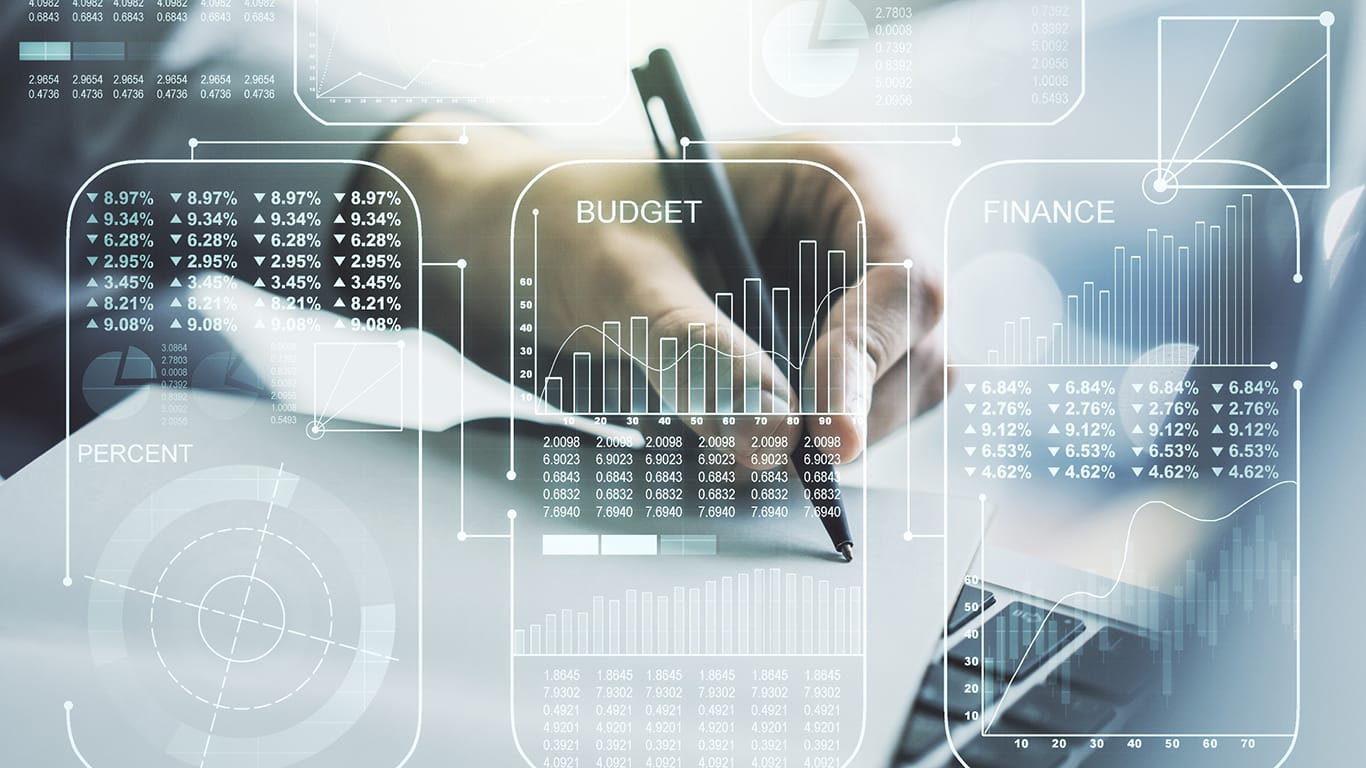According to Nerd Wallet, nearly 74% of Americans have a monthly budget. With today’s mobile banking technology and easily seeing transaction details as your money comes and goes, why do so many people still budget and what is the the best budget method for you?
The answer is simple, having a budget is one of the key steps toward financial success. However, there is no one-size-fits-all approach; your budget can be as structured and detailed or as low tech as you like. But there are a few key tenets or best practices. Below are a few tips and tricks to help you determine the best budgeting method for your style.
LEARN MORE: Here’s why building affordable housing in Phoenix is a challenge
Where to start
The first place to start with budgeting is honesty. What do you hope to accomplish through budgeting? Some have a specific goal in mind like buying their first home or starting a business. One of the side benefits of budgeting is that it reduces the likelihood of surprises when applying for credit or considering significant purchases or job changes.
How to start
Determine how much time and how much detail based on what you hope to accomplish through the budgeting process. Budgeting can be a repetitive process and requires a level of commitment to establish a new habit. The first step is to make sure you pick a method that you can stick to and matches your organizational style.
If you are tech savvy, there are apps and online banking tools that can reduce the time and some of the repetitive tasks. For example, many apps will categorize your spending and even send an alert if you’re close to overspending. You can even calibrate these tools to work for you and tag or color code your different expenses to help you stay organized. Many of these options include video demos that help make getting started easier.
However, if you aren’t a tech savvy person, it’s more important to start with a method that feels natural. Maybe pen and paper is more your speed. The important first step of budgeting is picking a method that you can stick with – consistency is more important than all the bells and whistles
Budget method basics
Once you’ve selected your method of budgeting, it is time to get started. The first thing you need to do is analyze your income and expenses. How much money do you have coming in every month and how much money are you spending?
As you list your expenses, tag them as mandatory or discretionary. Mandatory would be your mortgage payment, rent, or utilities. The next category is discretionary expenses. Don’t worry, just because we’re labeling them discretionary doesn’t mean you’re giving them up. Discretionary simply means that you have more of a choice than you do with the mandatory expenses. Examples of discretionary can be expenses like eating out and entertainment like streaming movies.
This is where your preferred method of budgeting can impact the amount of time you spend. An app or online tool can help categorize for you while pen and paper might take you a little bit more time.
If you decide to use an online tool, be sure to check that each expense is categorized correctly.
Take emotion out of the equation
As you look through your expenses, try to leave emotion and judgement out of it. Mandatory expenses aren’t better than discretionary expenses. Ultimately, this process gives you clarity about where you have the most opportunity. It is ok to spend your money how you like, you might just need to adjust your spending to reach your goals. By looking at your expenses all laid out, think about what triggers you to spend. Are you spending money on Instagram influencer posts or TikTok Shop? Or are you seeing a trend with meal delivery or restaurant spending?
Whatever it is, it is ok to spend your hard-earned money in ways that bring you joy and make your life easier while also planning for the future. The key to budgeting is still finding ways to spend your money so you can achieve your financial goals. As you look at your expenses, take away any guilt or shame and instead just use the information as just that – information.
Prioritize your spending
Once you have everything broken down in an app or on a piece of paper, it is time to prioritize. List your mandatory expenses on one side, such as utilities and rent. Next list your discretionary expenses in order of importance. Again, there is no shame or guilt here. If you enjoy eating out or you enjoy having all the different streaming services, list that first. Ultimately, you’re trying to get to a point where you’re not overspending and racking up debt and you’re building a practice of saving for long term priorities like an emergency fund and retirement. With all of your discretionary expenses listed in order of importance, you can begin weighing the pros and cons of each against long term hopes and dreams like retiring. Now adjust your budget accordingly. Start small and celebrate consistency.
Do budgeting percentages really work?
Historically, financial experts have recommended using percentages to establish your budget. For example, 50% of your income should go to needs (housing, car payment) or mandatory expenses, 20% to savings and 30% for other discretionary expenses. One of the most important aspects of these percentages is that it helps you think about today and tomorrow. The key is to make sure you aren’t just spending on autopilot. You can use this part of the budgeting exercise to determine how much you are really spending in certain categories and then decide if that’s where you want to spend your money. It also helps you pause to think about big priorities like an emergency fund, home ownership, your child’s college fund and retirement.
Does the envelope method really work?
You might have also heard about a technique of using envelopes for your expenses which means you set aside a certain amount of cash each month and when the envelope is empty, you are done spending in that category. One of the key benefits of this approach is that when the money in the envelope is gone, it forces you to stop and reassess. This pause helps create a speed bump in autopilot spending. The envelope approach may be hard to put into practice as some retailers are becoming cashless. Instead, you can use this idea to set up your budgeting tools. Most tools will let you create categories and ideal spending limits. Then you can check weekly to see how you are spending against your goals.
Stay focused on your goals
Now that you’ve categorized and prioritized your spending, it is time to stay focused on your goals. Establishing why you are saving money can be a motivating factor to keep going. Budgeting and working toward a goal can give you some financial peace of mind and control over your spending.
Don’t hesitate to reach out to your financial advisor to discuss a budgeting strategy that will work best for your lifestyle and help you achieve your goals.
Author: Cody Sparks, executive vice president and director of retail banking at UMB Bank. UMB personal banking solutions offer convenience and simplicity to meet all of your past, present and future financial needs. From home loans to auto financing and everything in between, see how UMB personal banking can work with you to find the right products for your life and lifestyle.




